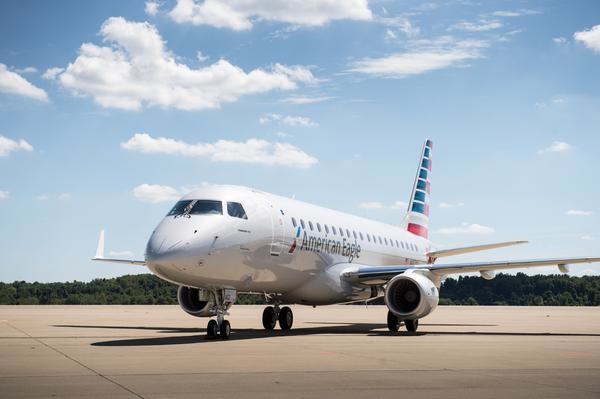Just Because It's Been 17 Days in Cali →
And the problem is, the data shows that there can be presymptomatic or asymptomatic transmission. I don’t want to be exposed to someone who may not be having symptoms but can get me sick.
-Krutika Kuppalli, infectious diseases physician, Johns Hopkins University Center for Health Security
Trusting your friends is fine and all but trusting everyone else who's circle could be much larger... and the fact that you don't know where they have been in the previous 14-days, it gives you pause. Unless you are fully quarantined for the two weeks which is being at home w/ 0 exposure e.g. not going to the grocery store or anyone at the home going out, you’ll never know.
But [if you’re going to interact with one other person], be very explicit about what the agreement is, and try to choose someone who’s got [a similar level of risk]. If you’re a writer and can work from home, ideally your friend would also be somebody who’s able to work from home, not an emergency medicine physician.
Let me give you an example of something else a student of mine decided to do. She lives alone in Philadelphia and her best friend also lives alone in Philadelphia. They each isolated themselves for two weeks and then moved in together for the duration [of the pandemic].
I like that plan so much more than the other plans I’ve heard of, because then you’re in constant communication with the other person and you’re aware of anything they need to do to break the protective bond. It’s easier to have an ongoing conversation about preventative strategies when you’re living with the person. If people are living separately, one person might forget to update the other.
-Carolyn Cannuscio, social epidemiologist, University of Pennsylvania
If you are going to isolate together, that’s great, but first you have to be 0 percent exposed for 14 days.
That being said, at its crux, social distancing doesn’t mean you need to stay home by yourself in a dark room. Really it’s about keeping to small, small groups of people. So if you have dinner with a friend, that makes sense as long as it’s just you and them.
For people who are going to have those one-on-one friend hangout sessions, it shouldn’t be, “I’m going to have five one-on-one sessions with five different people” — that defeats the purpose. Really limit it to just one friend.
If you want to be an awesome coronavirus epidemiology buddy, do it every 14 days, because that’s the incubation period. You’d want to do that from the last known date of exposure. That includes going to the grocery store, because theoretically anytime you go into an environment with a lot of people, there’s more potential for exposure to the disease. Then you want to ask each other, “Have you been symptom-free for 14 days? Have I? Yes? Okay.”
-Saskia Popescu, senior infection prevention epidemiologist, Honor Health hospital system in Arizona
I see too many friends still violating this. And damn if I don’t continue to quarantine for 14-days after coming back from Orlando, Florida where our training center is to which I went to the Orlando Airport via local shuttle, train, plane, Atlanta Airport, train, plane to San Diego Airport, Uber to hotel. Now what…




